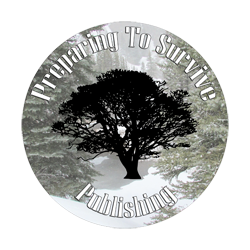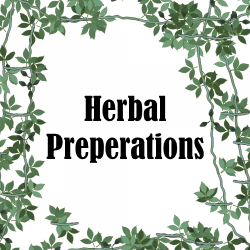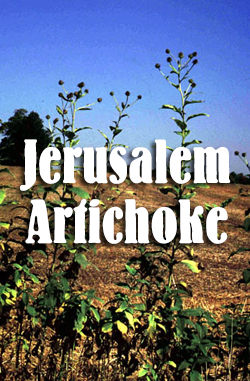Bull Thistle
(Cirsium vulgare)
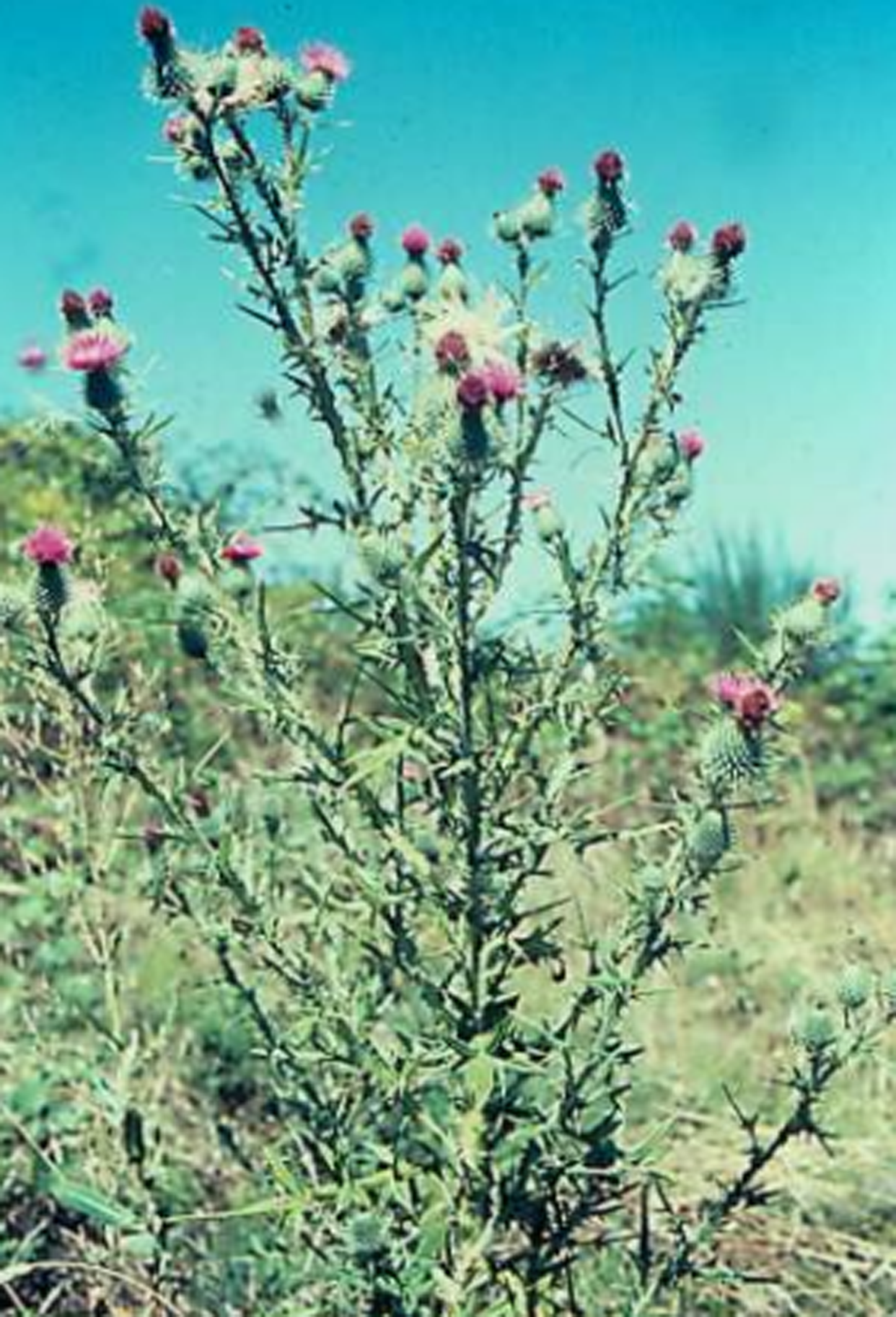
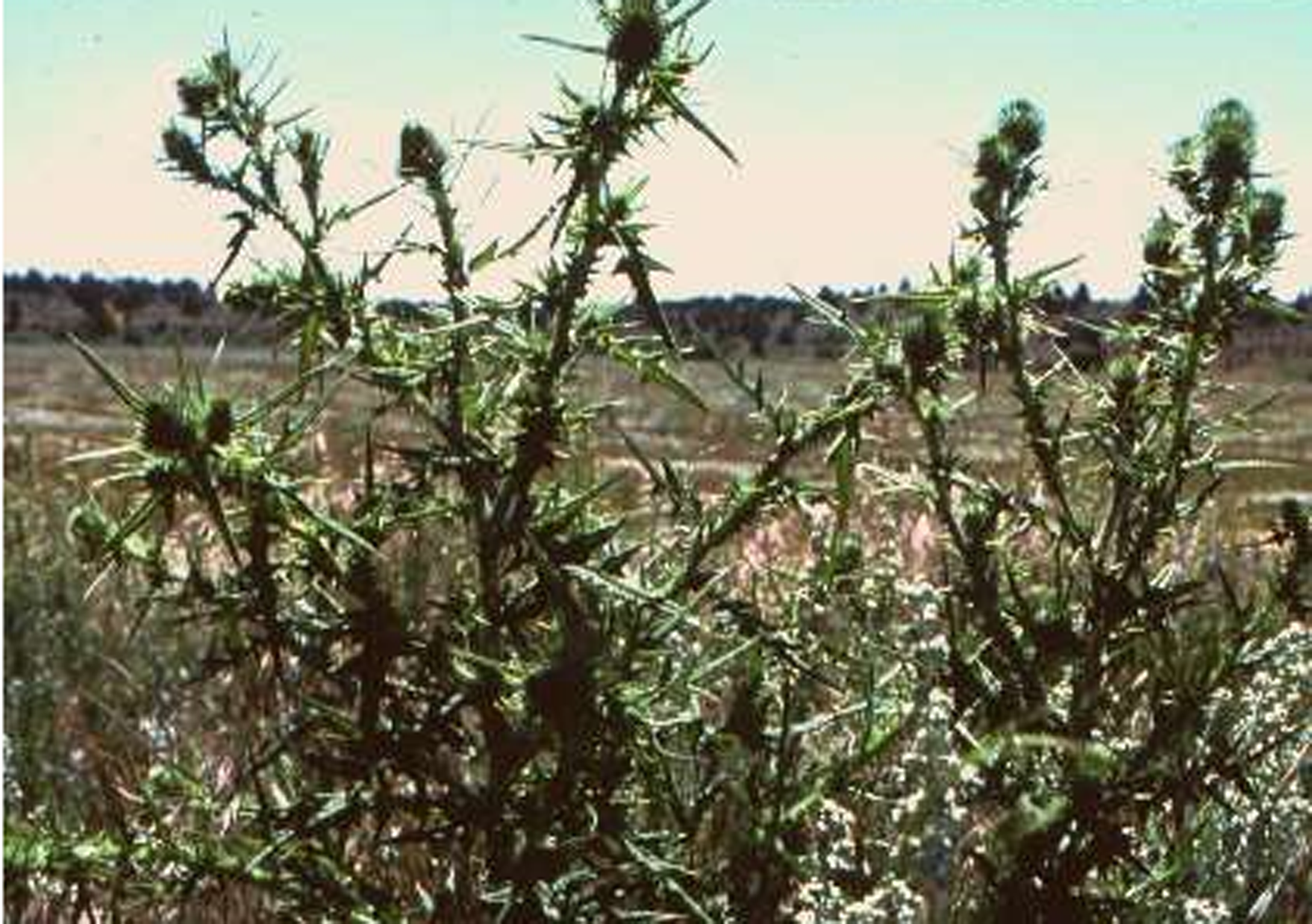
USDA-NRCS PLANTS Database / Britton, N.L., and A. Brown. 1913.
An Illustrated Flora of the Northern United States, Canada and the British Possessions. 3 vols. Charles Scribner's Sons, New York. Vol. 3: 316.
Bull Thistle (Cirsium vulgare):
Prefers sunny, open areas and can tolerate a wide range of conditions, from moist to dry soils, and is typically found in disturbed areas such as roadsides, trails, logged areas, vacant land, pastures and cultivated land.
The first year, plants form a rosette, which can grow to a diameter of three feet . The Bull Thistle is anchored by a taproot which can be as much as 28 inches long. In the second year of growth the stem can grow from 1 foot to as much as 6 feet depending on the growing conditions. During the second year, stems grow 1 to 6 feet tall, often with many spreading branches. Leaves alternate and are deeply lobed with coarse hair on the leaf tops and fine wooly hair on the underside. Leaves have sharp spines at midrib of the leaves and tips of lobs. Leaf bases extend down onto stems forming spiny wings along stems.
Flowers:
Starts mid-June and continues into early fall. Purple, occionaly white. Flower heads are gumdropped shaped with spines extending all around the flower base.
Food:
The younger flowers, stems, leaves and roots of bull thistle are edible. Roots are bland tasting some what like a mix of celery and Jerusalem Artichoke.
• Root is best when mixed with other vegetables.
• Roots can be dried and stored for later use.
• Young flowers are cooked and used as a vegetable.
• Young leaves should be soaked overnight in salted water and then cooked as any green.
• Flower buds can be cooked as if an artichoke
Medical Uses:
• A decoction of the Milk Thistle used as a poultice on sore jaw.
• A hot infusion of the whole plant used as a herbal steam for treating rheumatic joints.
• Bleeding piles treated by a decoction of whole plant, used both internally and externally.
Other Uses:
• Plant down used in starting a fire.


